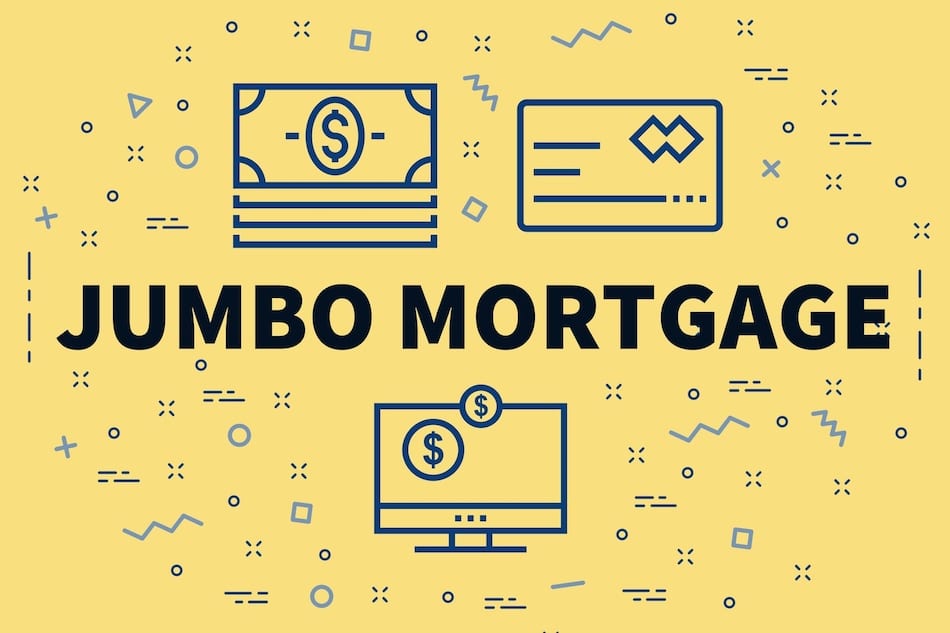
How Do Jumbo Loans Work? What Buyers Seeking a Jumbo Loan Need to Know
 Getting a conventional mortgage at a fairly-standard price is typical for a lot of home buyers. For luxury home buyers, or those who live in areas with a very high cost of living, jumbo loans might be much more in the norm. This guide walks buyers through what they can expect when they apply for a jumbo loan to buy a home.
Getting a conventional mortgage at a fairly-standard price is typical for a lot of home buyers. For luxury home buyers, or those who live in areas with a very high cost of living, jumbo loans might be much more in the norm. This guide walks buyers through what they can expect when they apply for a jumbo loan to buy a home.
What Is a Jumbo Loan?
Most of the mortgages that people apply for in the United States are known as “conforming loans.” These loans meet the loan limits set by the Federal Housing Finance Agency (FHFA). Any loan that exceeds these limits could be considered a jumbo loan. Conforming loans can be bought by Fannie Mae or Freddie Mac, and jumbo loans generally do not qualify. In many ways, a jumbo loan is much like a regular mortgage, only bigger.
Why Do Lenders Distinguish Jumbo Loans?
In an average city in the U.S., buying a home may not be exceptionally difficult for someone who meets the average household income, has good credit and can make a reasonable down payment. For places like New York City or San Francisco, even small units in multifamily buildings could cost many hundreds of thousands of dollars. Incomes usually do not accommodate these high housing prices, so people often have to come up with a different loan strategy in order to qualify. Higher mortgages present a greater potential for default, so lenders may balance out their risk on a jumbo loan with more stringent lending guidelines.
How Do Jumbo Loans Compare to Conventional Lending?
Since jumbo loans represent a bigger risk for lenders, a lot of borrower requirements tend to be larger, too. Conforming loans follow Fannie Mae or Freddie Mac’s underwriting guidelines. Jumbo loans depend more on the lender’s own preferences. Applicants interested in qualifying for a jumbo loan can expect to show:
- A higher credit score
- More assets in reserve (usually 6-12 months)
- Larger down payment (minimum 5 percent, but generally 10-20 percent)
These loans typically have a higher interest rate, and can be more difficult to refinance over time. Some lenders are willing to grant a higher debt-to-income ratio than the standard 45 percent for conforming loans. This flexibility usually relates to other factors of the borrower’s creditworthiness, like extra assets or a much larger down payment.
What Is a Piggyback Second Compared to a Jumbo Loan?
People who are buying a home that only exceeds conforming loan limits by a small margin might consider trying other mortgage loan approaches instead of a jumbo loan. Because jumbo loans carry greater restrictions and often a higher interest rate, borrowers who just need a little more money may look at getting a piggyback second mortgage. With this loan type, people get a first mortgage for 80 percent of the home’s price, and a second mortgage for 10 or 15 percent of the sale price. As long as the first loan does not exceed the conforming loan limits, it may keep the benefits of conventional mortgage loans. Jumbo loans, by comparison, offer borrowers a single mortgage with a single payment, at a higher loan-to-value.
Are Jumbo Mortgage Terms Dependent on the Local Housing Market?
The definition of a jumbo loan varies from county to county. For 2018, these limits are capped at $453,100 for most regions in the contiguous United States. In certain high-cost areas, the limit could rise as high as $679,650 for a single-family home. A high-cost area is designated by county, based on the average home prices in the region. Outside of the continental U.S., in places like Hawai’i or the U.S. Virgin Islands, the FHFA might accept conforming loan limits as much as $1,019,475.
How Can People Apply for Jumbo Loans?
Except in high cost-of-living areas, jumbo loans tend to fall outside the bread and butter conventional loans that most mortgage lenders offer. This means that not all banks or other lenders will present jumbo loans as an option to applicants. People who want to apply should confirm that their finances are in good order and shop around to find lenders who will consider applications for jumbo loans. The process may take longer for underwriting, and lenders sometimes require a second appraisal to verify a home’s value.
Applying for a jumbo loan usually calls for a better borrower financial profile, since the loans could be so much larger than a conforming loan. By understanding the benefits and limits of jumbo loans, Eden Prairie home buyers can prepare for the kind of mortgage that is most appropriate for their needs and the cost of housing in their area.



